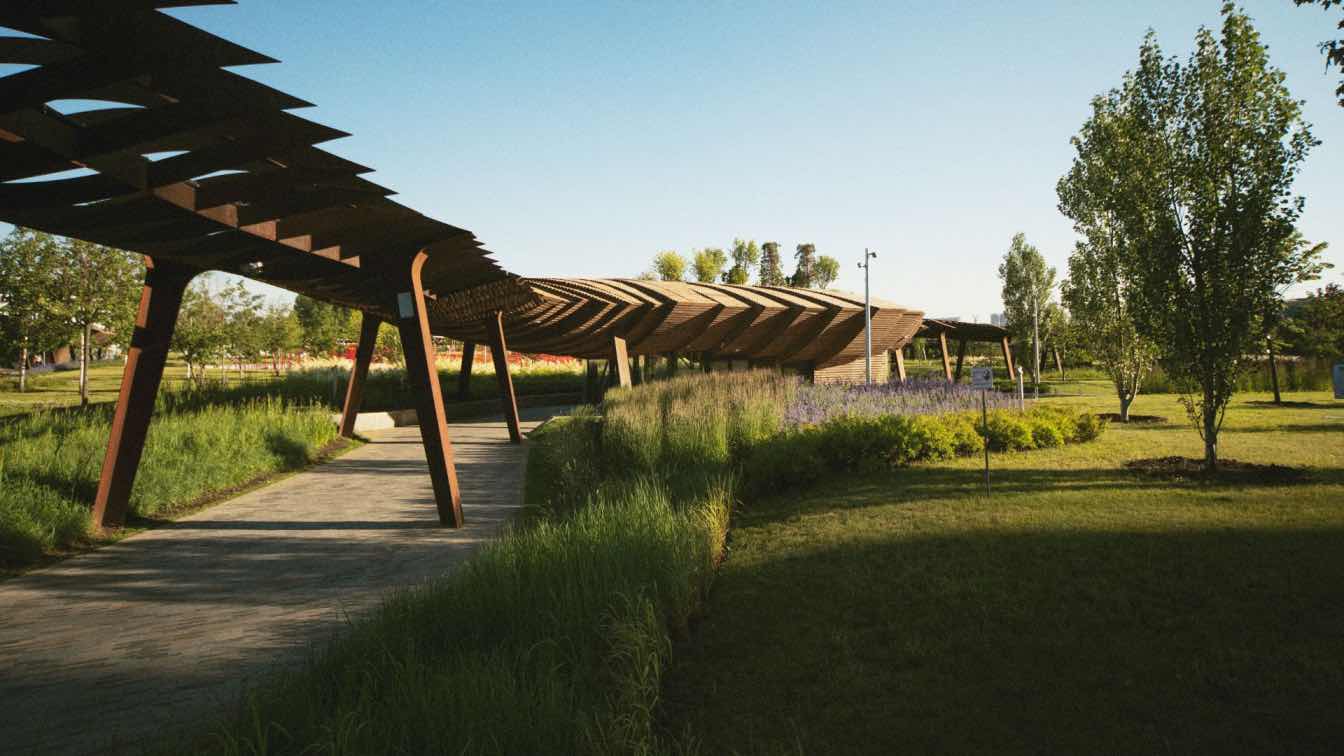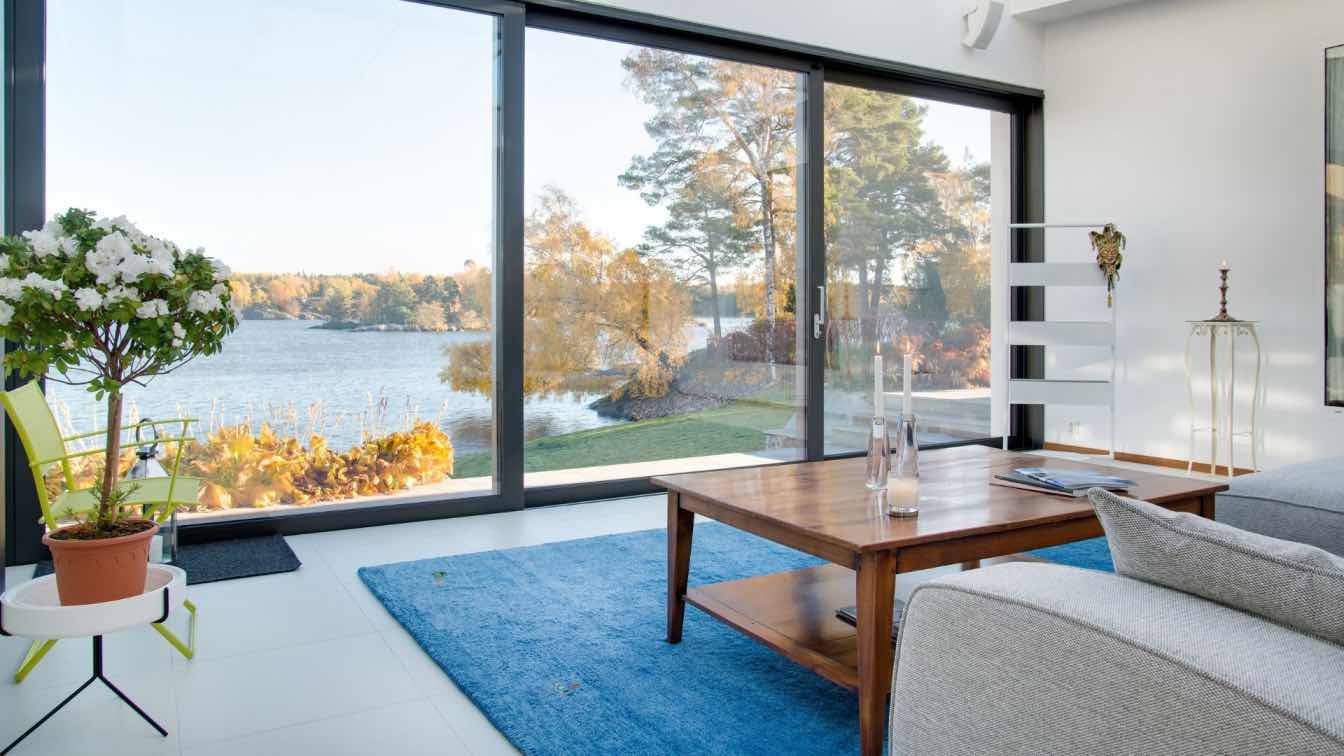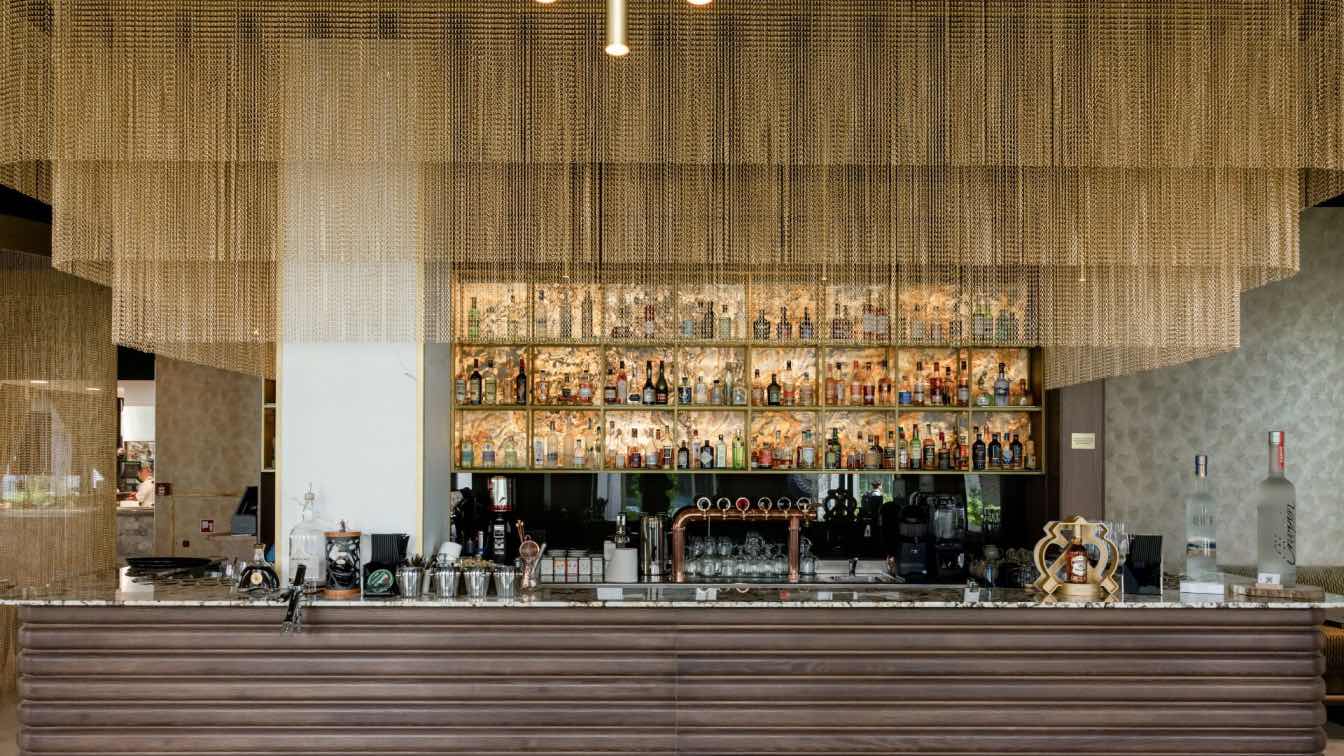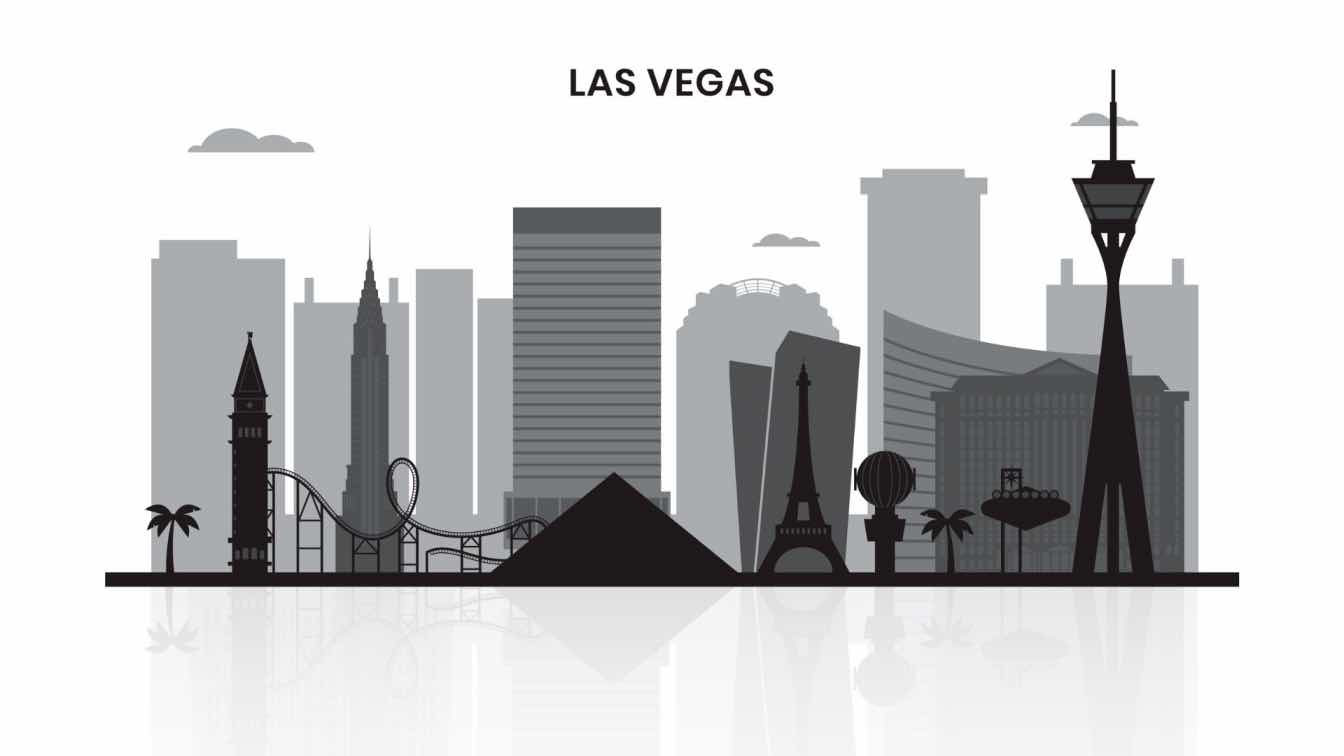Depends on whether you want the short or the long answer. The short one? Yes. But it doesn’t do it any justice to just say “yes” without at least saying why. Or how.
The thing is, when people hear ‘sustainable landscaping’, they usually picture some expensive, over-the-top project with native plants and rainwater systems, there’s picture-perfect green roofs… you know, something that probably belongs on Pinterest.
Regardless, the whole point of sustainable landscaping is to design an outdoor space that works with the environment, and saves you money in the long run. Plus – cherry on top – it also looks great.
Of course, the big question is – how much does it really cost? Well, compared to traditional landscaping, the upfront price is somewhat higher, but the savings over time make it very much worth it.
What Drives the Cost of Sustainable Landscaping
The size of the property is one of the biggest factors because smaller yards cost less to design and maintain than bigger ones. But this one is a no-brainer so you probably guessed that by yourself.
Apart from property size, you also need to consider design complexity. Something simple with native plants and mulch paths will be a lot cheaper than a landscape with intricate hardscaping, water features, and terraced gardens. There’s also location to think of because labor and materials cost more in urban places.
Then there are materials and features. Permeable paving for driveways and paths can cost more upfront than concrete, but it helps drainage and lasts longer. Rainwater systems and solar lighting also add to the initial costs but they save money on utilities over time.
On average, a modest residential project will set you back anywhere from 5,000 to 15,000 USD.
Where the Money Goes
The budget covers several stages, it doesn’t all go into planting a few trees and swapping out your grass.
What you pay upfront will seem like a lot of money spent, but keep in mind that it pays off in the long run. Think of maintenance and how time-consuming it is. And if you need to mow the lawn, you’ll do a far better job if you do it with a good-quality lawnmower.
Makes sense, right? So do yourself a favor and look for some lawn mowers for sale and save on that. Time is money after all, and think of all the effort you won’t have to do.
Let’s take a closer look at all that takes a bite out of the budget:
1. Design and Planning
The first step is working with the right professionals, meaning a landscape architect or a designer that specializes in eco-friendly solutions. They’ll help you create a good plan and they’ll also check the soil quality, drainage patterns, and how much sunlight different areas get.
This step is crucial because it makes sure that plants and features you choose thrive with minimal maintenance. The average price of design services is about 2,000 dollars for a simple residential yard to over 10,000 for larger or more complex properties.
2. Installation and Materials
The bulk of your budget goes toward bringing the plan to life. Eco-friendly materials like permeable pavers and recycled composites cost more than standard options, but they last longer and support water management. Features like rain gardens, green roofs, or bioswales add both beauty and function but they need someone with specialized skills to install them, which means you’ll pay more in labor costs.
Depending on how big and complex your project is, installation and materials can cost from 10,000 USD for something modest to 50,000 USD (or more) for larger landscapes with advanced systems. It’s a lot of money either way, but think of the savings on repairs and replacements down the road if you go with something high-quality right from the start.
3. Costs of Maintenance
Now that you’ve been thoroughly shocked with the idea of spending five figures on a landscape, let’s get into some good news. Basically, once the sustainable landscape is in place, you won’t have to do nearly as much to maintain it as you would have if you went for a traditional option. Native plants need less water and they don’t need fertilizers, so your recurring costs go down. You also won’t need to reseed and treat your lawn all the time, which is how it is with traditional grass.
With that being said, in the first year or two, the plants will probably need a bit of ‘extra’ attention. Only as they settle in. But it’s all smooth sailing from there onwards.
Conclusion
Is sustainable landscaping cheap? No, it’s probably not that cheap. But if saving costs are all you can think about, then the word ‘sustainable’ probably isn’t that high-up in your vocabulary. And there’s nothing inherently wrong with that.
But if you do want to achieve sustainable landscaping, then we hope this article has helped you a lot. The payoff of going sustainable is that now your green space looks stunning, it doesn’t demand endless maintenance, you’re supporting the environment.
Win, win, win!





